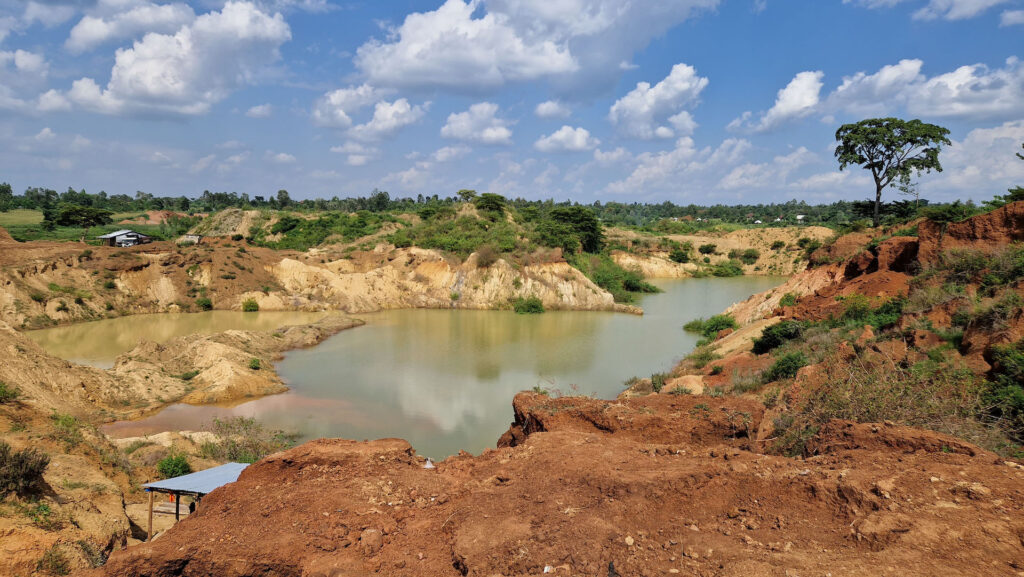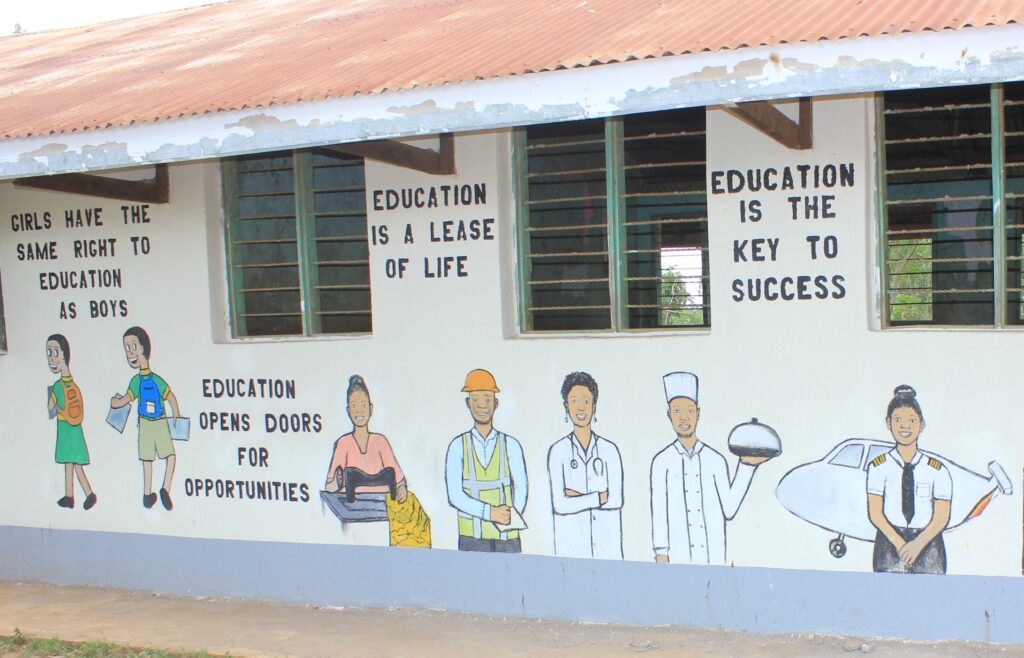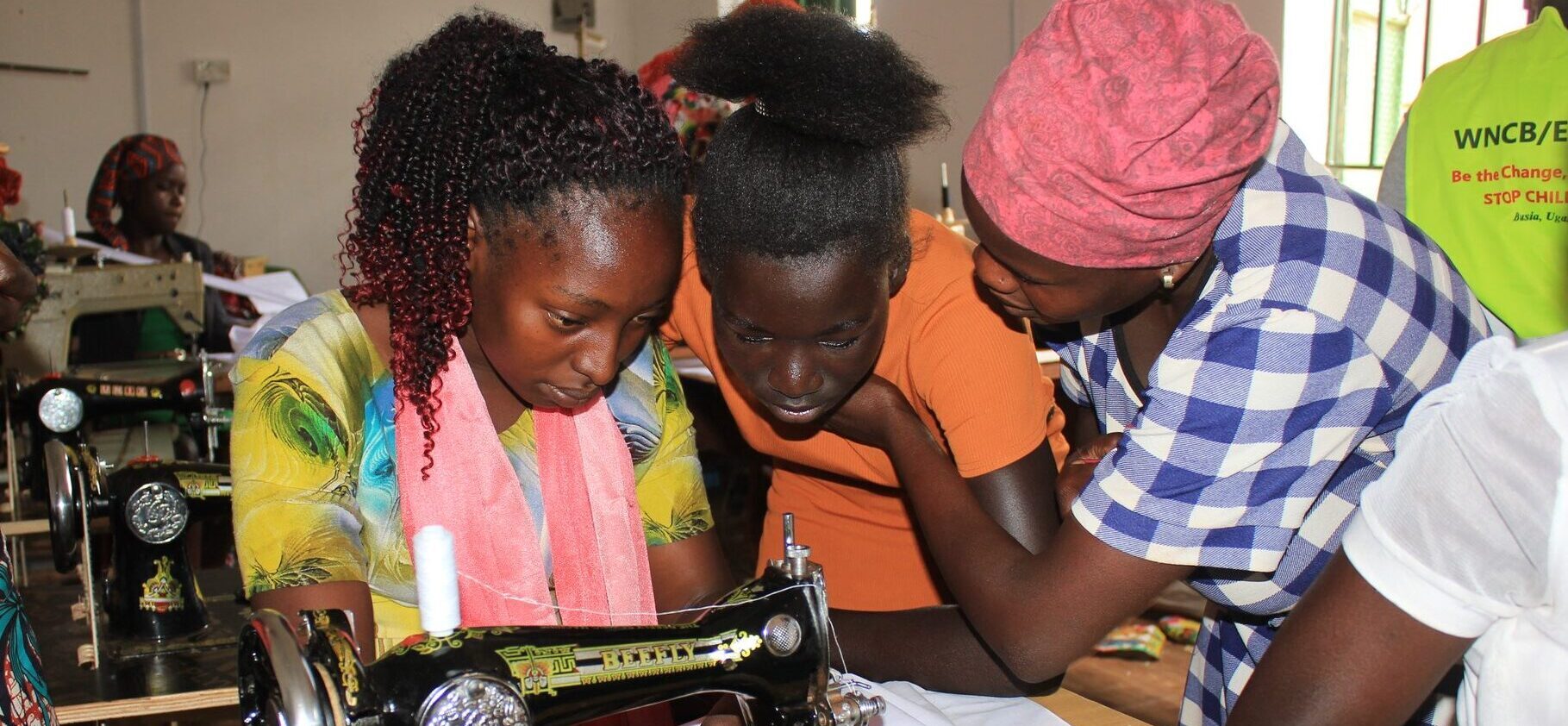Working in Busia district
WNCB partner Environmental Women in Action for Development (EWAD) is a Ugandan NGO working in Busia district since 2012.
Busia: gold mining
Busia District is located in the Eastern Region of Uganda, at the border of Kenya. Busia district is one of the areas in the country with a history of potential for gold mineralization and exploitation. Gold was first discovered in 1932. Mostly small mining operations, mostly artisan in character, have taken place in the district since then.
Work in the Artisanal and Small-scale Mining (ASM) is usually done by workers who struggle to make ends meet. Untrustworthy middlemen and distant buyers who can set the prices as they want. Workers are often subjected to the denial of their rights as workers, low wages, and inhumane working conditions. Children join the gold mining with their parents and youth engage in mining because of a lack of decent employment opportunities.
When EWAD started working in Busia district in 2012, the mining communities lacked formal structures and cared little about safety. Crushing ore was done mostly by hands, and this had increased use of children in gold-processing as they fancied crushing compared to going into pits. Mercury usage and pollution due to lack of appropriate technologies, as well as burning of amalgam in open spaces was a common scenario. Through the work of EWAD a lot has improved, although open mining pits are still littered over the community terrains and mining and pollution caused by mineral-processing operations lead to to safety and health issues.


Child labour
The definition of child labour we use is: “Any form of work performed by children under the age of 15 that interferes with their right to formal quality education, and/or that is mentally, physically, socially and morally dangerous and harmful for their health and development; as well as any form of hazardous work performed by children between 15 and 18 years old.”
In general, children in child labour are not a homogeneous group. They differ in age, gender and background. Some do paid work, others unpaid; some are self-employed, others receive wages. Many children work in the informal sector, an area of economic activity that is largely invisible and unregulated by governments. This makes child labourers vulnerable to all forms of exploitation: very low wages, excessive working hours, unhygienic or abusive working conditions, retention of identity documents.

Child labour in the gold mines
25.000 people work in the gold mining sector in Busia (data: baseline WNCB 2020). In the mining communities in Busia, children are raised with a mentality that gold mining is the family source of income and that it is normal to find children working in mines or at processing centers. Although children under 16 are not allowed to work, it doesn’t deter them to stop working. The gap between policy and practice remains significant, with a poor legal framework and insufficient resources and interventions aimed at protecting children from child labour found in mining contexts.
Poverty and deprivation also drive other child rights violations such as child neglect, with parents and caregivers devoting large amounts of time to mining and leaving children unattended for long periods, to fend for themselves. Artisanal gold mining activities have also greatly affected school enrolment rates in the district as many children drop out to engage in mining.
Youth employment in the district
Overall, 50% of the economically active youth above 16 years are not engaged in income generating employment. Youth self employment is by far the most common form of youth work. Due to limited training opportunities and a mismatch between skills and what the market requires, youth in Busia district lack decent employment opportunities.
EWAD: WNCB partner in Busia
Founded in 1995, Environmental Women in Action for Development (EWAD) is a Ugandan based NGO. The major objective is to support the most vulnerable of communities who include youth, children, women and people living with HIV/AIDS, to help them improve their quality of life, while they appreciate and protect their environment for sustainable development.

Under the WNCB programme, EWAD is implementing Child Labour Free Zones in three sub counties of Busia district (Tiira Town council, Busitema and Buteba). By doing so, EWAD is using the community-based skills development model for training youth. EWAD has set up motivational centers in three schools for out-of-school children and adolescent mothers, where they have access to counselling before they are finally integrated into the formal class environment. The mural paintings and the establishment of ICT resource centers in the schools have increased children’s retention and enrolment.

